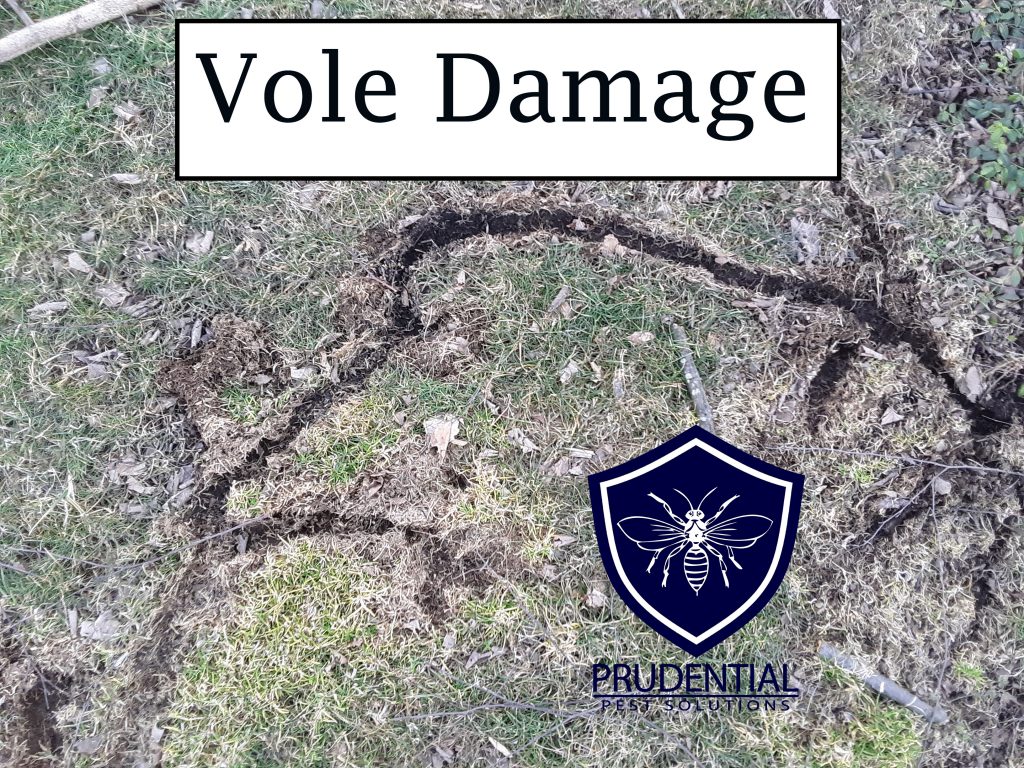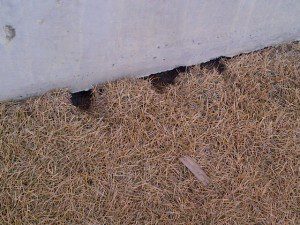Recognizing Vole Backyard Damage and How to Fight It
Recognizing Vole Backyard Damage and How to Fight It
Blog Article
Comprehensive Guide to Effective Vole Insect Control: Infestation Recognition and Treatment Approaches
In the world of effective parasite control, vole invasions position an unique obstacle that demands a critical technique. These small rats, commonly incorrect for mice, can wreak mayhem on gardens, yards, and plants if left untreated. Identifying the indications of vole presence and carrying out targeted therapy techniques are essential elements of an effective bug management strategy. By checking out the subtleties of vole habits, recognizing essential indicators of problem, and reviewing a range of control alternatives, one can create a comprehensive approach to deal with these elusive parasites.
Recognizing Vole Behavior
Vole habits is characterized by their delving behaviors and fast reproduction prices, making them a tough insect to control effectively. Their quick reproductive price further makes complex control efforts, with females qualified of generating several trashes in a single year, each including several spawn.
Voles are most energetic throughout the morning and night hours, spending the bulk of their time foraging for food. Their tunneling practices not just disrupt lawns and yards however also make them challenging to remove and discover. Understanding vole actions is critical for efficient bug control approaches. By identifying their burrow places, checking feeding locations, and executing targeted control approaches, such as trapping or environment adjustment, vole invasions can be handled successfully.
Indications of Vole Problem

Prevention Techniques
Implementing reliable avoidance methods is important in decreasing vole invasions and protecting greenery from their harmful feeding routines. To avoid vole infestations, it is essential to begin by getting rid of prospective food sources and sanctuary.
Routinely inspecting the residential property for indicators of vole activity, such as runways and delve openings, is critical for early discovery basics and punctual activity. If vole task is thought, take into consideration using repellents or traps tactically positioned near their pathways.
Non-Lethal Control Methods
To successfully take care of vole populaces while prioritizing humane techniques, non-lethal control strategies use sensible options for reducing vole damage in landscapes and yards. One effective method is making use of physical barriers such as equipment towel or cord mesh his response to safeguard prone plants. These obstacles can be hidden at least 12 inches curved and deep at a 90-degree angle to stop voles from tunneling beneath. In addition, habitat modification can deter voles by decreasing their chosen food resources and concealing places. Keeping a well-mowed yard, eliminating particles, and keeping greenery trimmed can make the environment much less enticing to voles.

Lethal Control Options
One reliable technique for dealing with vole problems in yards and landscapes entails the calculated use of deadly control alternatives. When faced with a serious vole infestation that non-lethal techniques have actually failed to consist of, implementing deadly control actions becomes crucial. One generally employed deadly i was reading this control choice is making use of snap traps. These catches are designed to rapidly and humanely eliminate voles upon activation, making them a popular option for several gardeners and landscaping companies. To increase the effectiveness of snap traps, it is suggested to position them in locations where vole task is high, such as along runways or near burrow entrances. Another deadly control choice is the application of toxic baits particularly created to target voles. These baits include poison that is consumed by the voles, resulting in their ultimate demise. Care must be exercised when using toxic baits to prevent injury to non-target pets or pet dogs. Overall, when using dangerous control alternatives, it is necessary to do so responsibly and according to local regulations to effectively manage vole infestations.
Final Thought
Finally, reliable vole bug control requires a thorough understanding of vole habits, recognition of indications of problem, implementation of avoidance strategies, and use of both non-lethal and lethal control methods. By incorporating these methods, people can efficiently take care of vole populations and secure their residential or commercial property from damages. It is very important to address vole problems quickly to stop additional issues and decrease the influence on the surrounding setting.
Provided the elaborate passage systems and quick reproduction rates characteristic of voles, identifying the signs of vole invasion ends up being essential in efficient bug control. One of the key indications of vole presence is the presence of surface runways or tracks in yard or snow, typically about 1-2 inches broad, produced as voles travel in between their burrows and food resources.To properly take care of vole populaces while focusing on gentle approaches, non-lethal control strategies provide useful options for minimizing vole damages in yards and landscapes.One reliable method for attending to vole problems in landscapes and yards involves the tactical use of deadly control choices. vole control.In verdict, reliable vole pest control requires a detailed understanding of vole actions, recognition of indications of problem, execution of avoidance techniques, and utilization of both non-lethal and lethal control approaches
Report this page